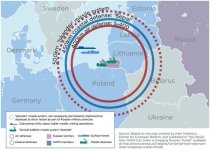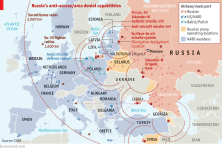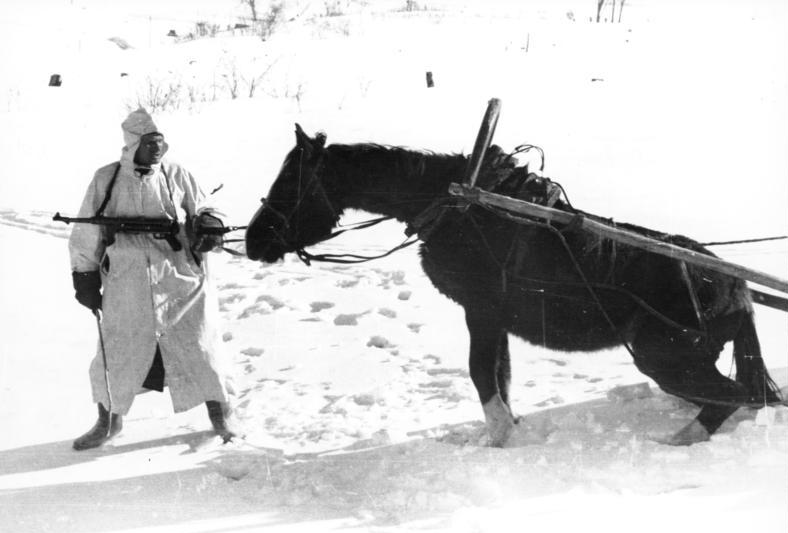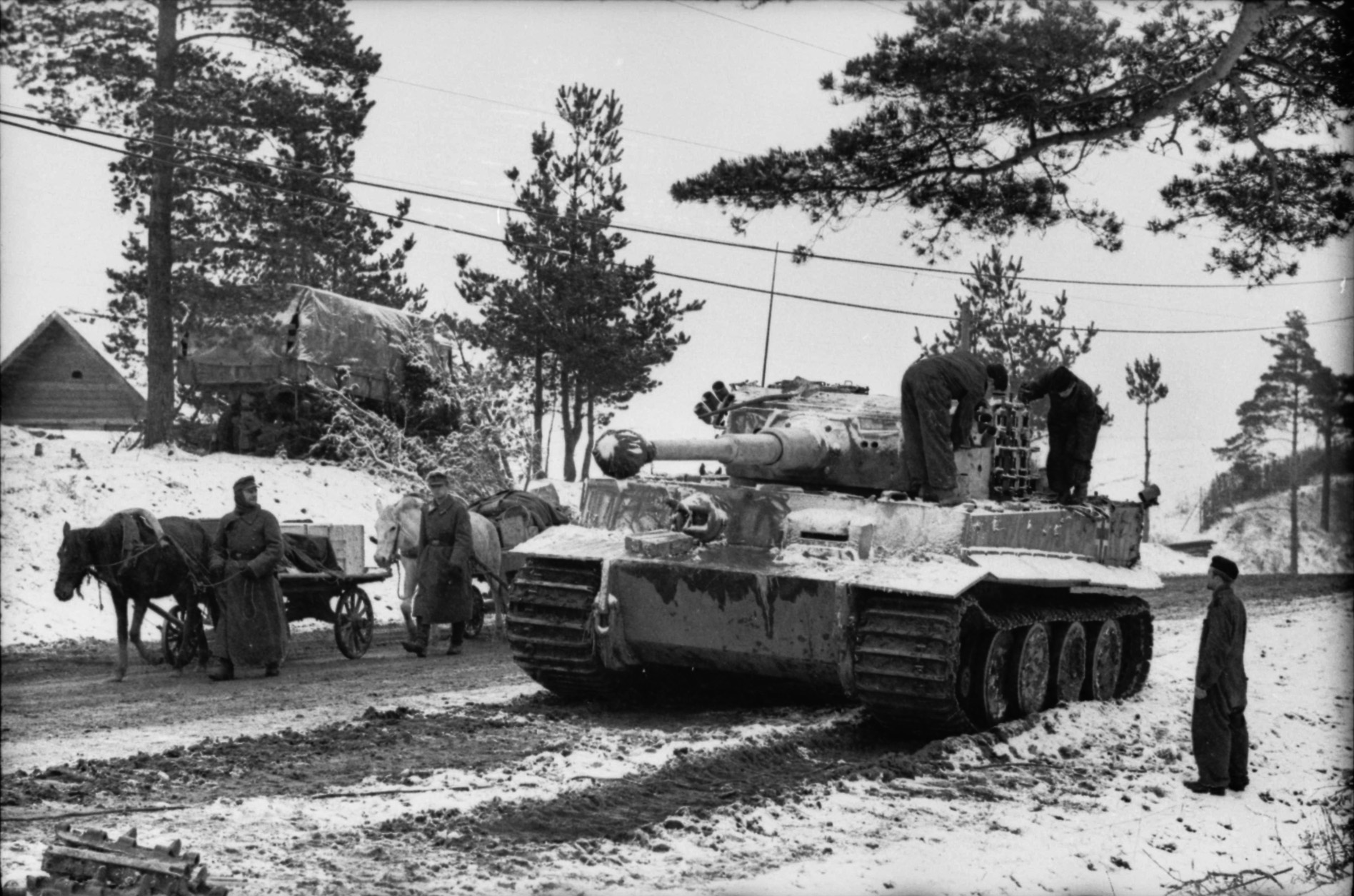IMHO the sensible thing to do is to have additional equipment.
As
@GR66 pointed out a credible deterrent means that the RuAF isn’t going to be able to invade quickly.
So either there is a build up of tensions - and troops can be deployed on equipment in Latvia, or it is a rapid RuAF move that doesn’t require a large contingent there, and troops can fall in on equipment in Germany.
The ability to use US kit would be a major advantage for the CA in that situation, as realistically the US Army has more equipment in Germany and Poland than V Corps can use immediately.
@Kirkhill
You are not really being realistic in terms of aircraft availability for the RCAF at 50% and 100% space utilization.
The MRTT are going to need to support RCAF operations so you may want to use 33% for Army support. Furthermore they don’t have a large cargo door, or ramp, so pallets/or people is what you get, no JLTV type vehicles , you could palletize some smaller MRZR by removing the roll bars etc
The C-17 and Herc are you only rough field capable craft, and the C-17 the only real strategic airlift system available for vehicles larger than a JTLV - the Herc can’t take the LAV’s.
Getting to Preswick doesn’t mean anything.
Because you have used all your lift to get them there.
Not sure the Hook ride would be fun either, bouncing from Labrador to Greenland to Iceland and into the UK.
I think you have woefully underestimated the needs of a force, and overestimated what you can move.
Your tables have 50 Abrams and 99 Bradley’s, but for those 49.5 C17 trips, it’s really just 49 which then means really 49 Abrams or 98 Bradley, or 147 Strykers (or 98 LAV 6.0)
Realistically pre deployment of heavy systems is the only viable method for Canada.
Herc’s need to be view as an in theatre sustainment airframe.
They can’t move large equipment and the flight times for cross Atlantic just suck.
Short of finding C-17’s or 747 Cargo’s in the used market, there isn’t a lot out there.
Canada is arguably in a worse spot than either of those situations before.
Moving the CAR wasn’t a major issue in 1970.
Moving 3 LIB’s isn’t a major issue for the CAF now, however they are woefully equipped compared to the needs of today.







